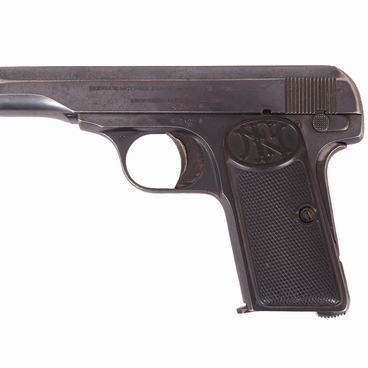The gold sword “For Bravery” was an honorary weapon in the Russian Empire, ranked as a state order since 1807. Those who exemplified bravery and dedication were awarded with a golden edged weapon — a sword, and later a saber.
Generals were granted gold weapons with diamonds. In the 18th century, the hilt of a golden weapon was made of pure gold, but by the 20th century, the hilt of a weapon without diamonds was only gilded. The officers had the right to replace the hilt with a gold one at their own expense.
The Order of St. George the Victorious, the Great Holy Martyr, was the highest military award of the Russian Empire. The Order was established on December 7 (November 26), 1769 to honor officers for military exploits and long service in the ranks. It included four classes. All highest Russian orders could be presented to members of the imperial family at baptism or upon reaching adulthood. However, the Orders of St. George and St. Vladimir were an exception: they had to be earned.
From 1913, according to the new Statute of the Order of St. George, the gold sword “For Bravery” was officially called the St. George weapon and was considered one of the distinctions of the Order of St. George (in seniority — it was lower than the fourth, the highest, class). A small gold cross of the Order of St. George, covered with white enamel, as well as the inscription “For Bravery” and a sword knot (a loop fixed on the hilt that helped not to lose the weapon in case it was dropped) in the colors of St. George’s ribbon were placed on the hilt of the St. George weapon.
It is worth noting that St. George swords always
had high-quality blades made at the best arms factories in Russia and the
world. The hilt of the presented saber, as it should be, is gilded. The
inscription “For Bravery” is engraved on the hilt. The blade was made at an
artillery factory in the Spanish city of Toledo. Since the Middle Ages,
excellent gunsmiths from this city have been famous all over the world for the
quality of their cold weapons: the steel was durable, but at the same time
flexible enough. A Toledo steel blade was considered prestigious and emphasized
the status of an officer.


